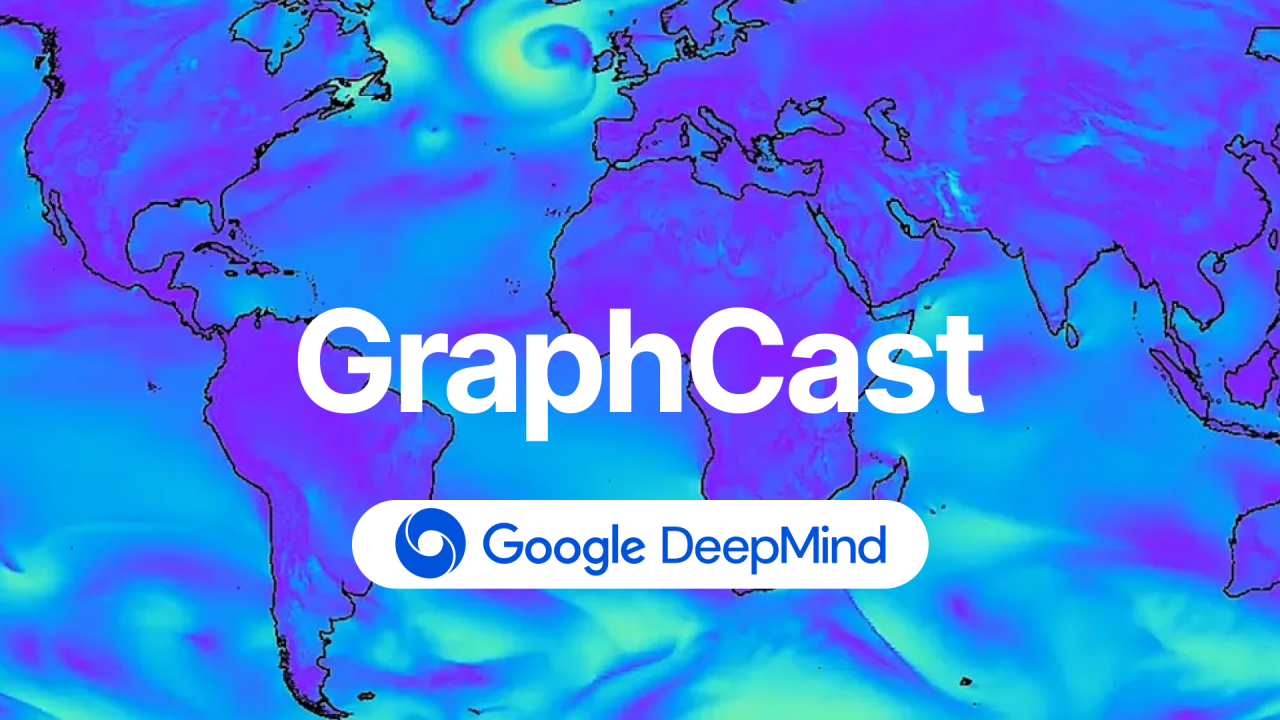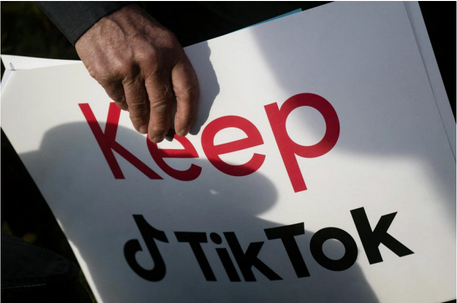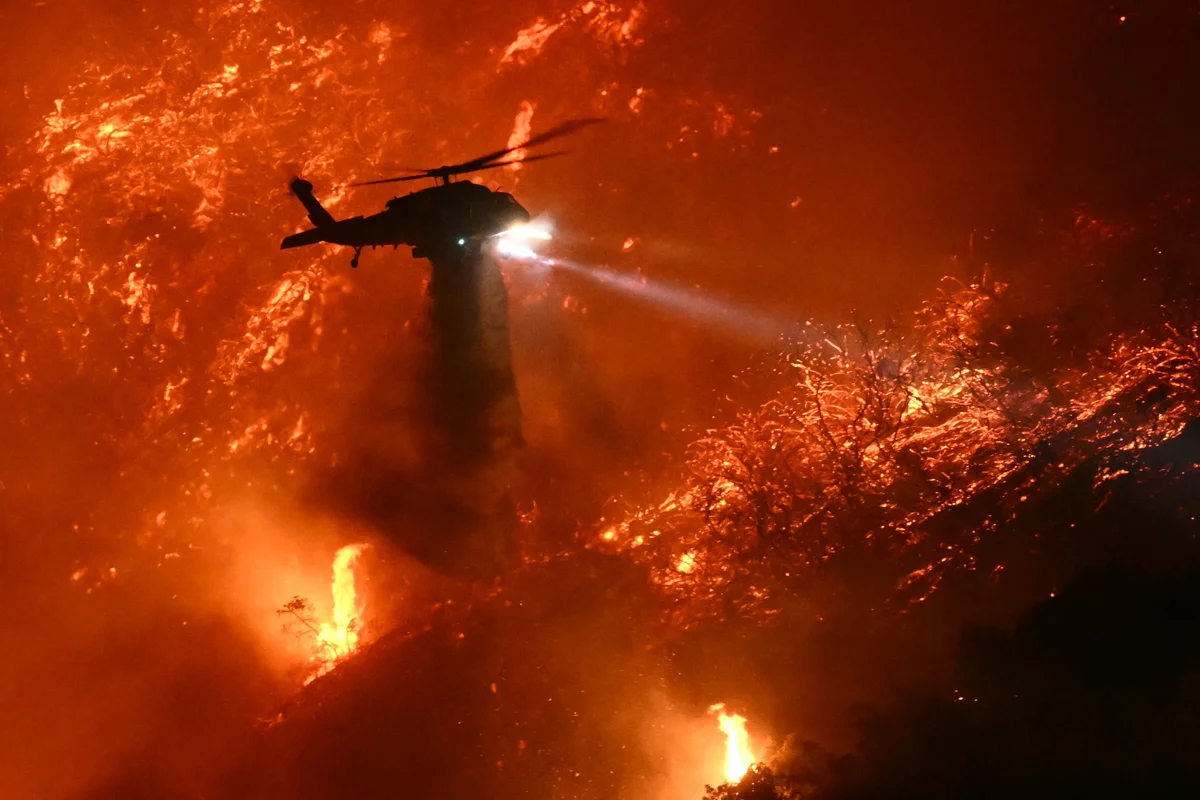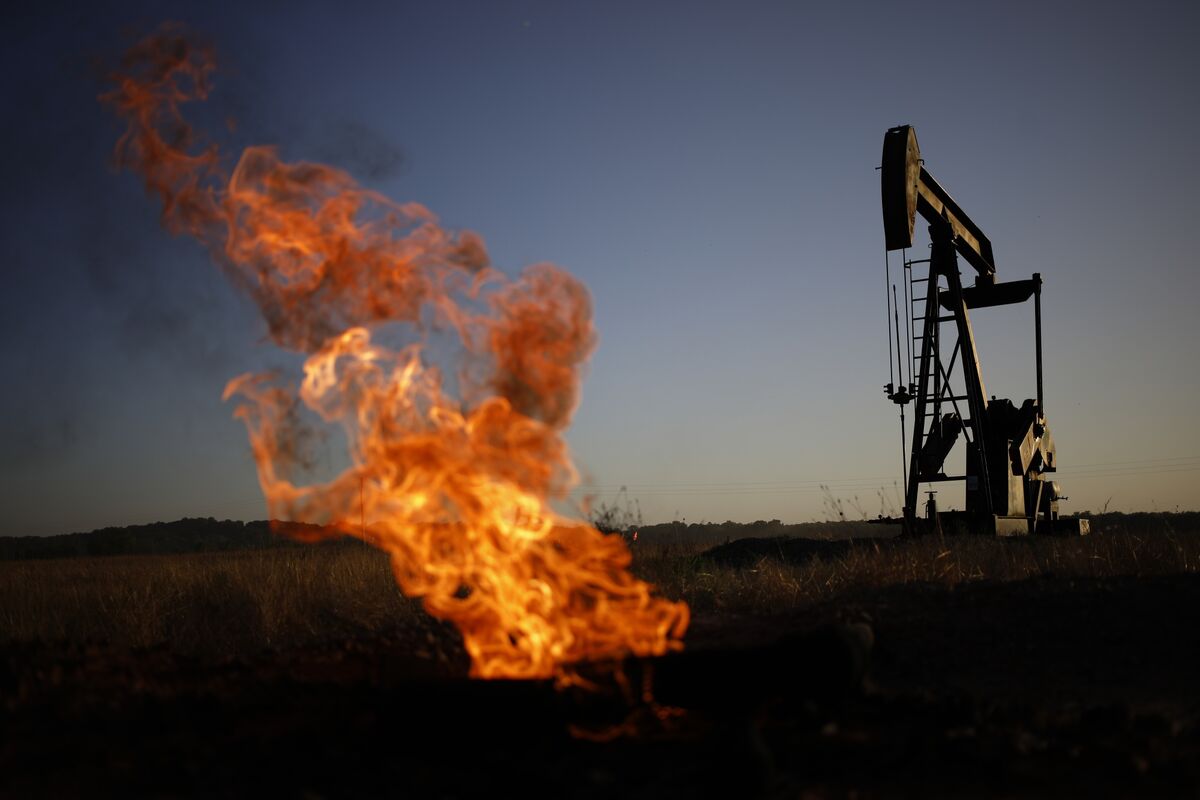The poster child of the AI revolution—ChatGPT—has practically become a verb by now. But another AI development could be just as influential and may even have a greater impact on our everyday lives. This AI development has gone under the radar, but it could literally replace the radar—the weather radar, that is.
On November 14, 2023, Google DeepMind introduced its state-of-the-art weather AI prediction model: GraphCast. This is not the first time Google has rolled out an AI weather prediction model. In 2020, Google introduced its first model, MetNet, and has since upgraded it twice. Google employs MetNet in their weather app, providing about as accurate of a forecast as traditional weather prediction methods. GraphCast, however, is even better. Compared to the traditional golden standard of weather prediction, the Integrated Forecasting System from the European Center for Medium-Range Weather Forecasts, GraphCast performed just as well or even better in 90% of the test cases. On top of that, GraphCast was significantly faster, making its predictions in about a minute and up to 10 days in advance.
GraphCast uses graph neural networks (GNNs), which allow for more flexibility in modeling. This is an innovative departure from traditional methods, which use clunky and complex mathematical equations and costly supercomputers to predict the weather. These traditional methods limit weather centers to releasing forecasts only every 6 hours. Harnessing AI removes these limitations.
GraphCast relies on ERA5, 40 years of hourly weather data, including satellite imagery, radar observations, and historical weather patterns, to make its predictions. The AI then processes this data to understand current conditions and predict future weather events. This data was perfect for training the AI model because it is smooth, accessible, and has no missing values. The model utilizes graph neural networks (GNNs): it was given the weather conditions at a specific time, and then graded on how well it could predict what would happen next. After enough graded practice, the model became very accurate.
GNNs are particularly well-suited for this task because they make predictions based on the interconnected web of data from all over the globe, rather than based on isolated data from specific locations.
Here’s a simplified breakdown of GraphCast’s advantages:
- Speed: AI models can generate forecasts in a fraction of the time required by traditional methods, making them beneficial in time-sensitive situations.
- Accuracy: By continuously learning from new data, GraphCast is constantly improving its predictive accuracy, already surpassing traditional methods.
- Scalability: The model can easily be scaled up because it doesn’t require costly supercomputers.
These advantages could have a profound positive impact on various industries. For instance, in agriculture, more accurate weather forecasts can help farmers plan their activities better, reducing crop losses due to unforeseen weather events. In disaster management, faster and more precise predictions can improve evacuation plans and resource allocation, potentially saving lives.
GraphCast has already shown its talent in predicting extreme weather events. When Hurricane Lee struck the Northeast in September 2023, GraphCast predicted its path before the traditional models could do so. However, there’s still room for improvement. GraphCast could not predict Hurricane Lee’s intensity, whereas traditional complex calculations could.
GraphCast has another key drawback. By its methodology, the AI model favors common, safer predictions, meaning it could very well gloss over an unusual, outlier weather event. Even so, the unprecedented speed, accuracy, and scalability of GraphCast and comparable AI models give plenty of hope for the future of weather forecasting.
Predicting weather patterns can save lives, protect property, and optimize various industries from agriculture to aviation. As our climate continues to change and weather events become more extreme and unpredictable, the need for advanced forecasting tools has never been more urgent. While GraphCast and comparable AI models have gone under the radar, they show hints of becoming the golden key to weather forecasting.







